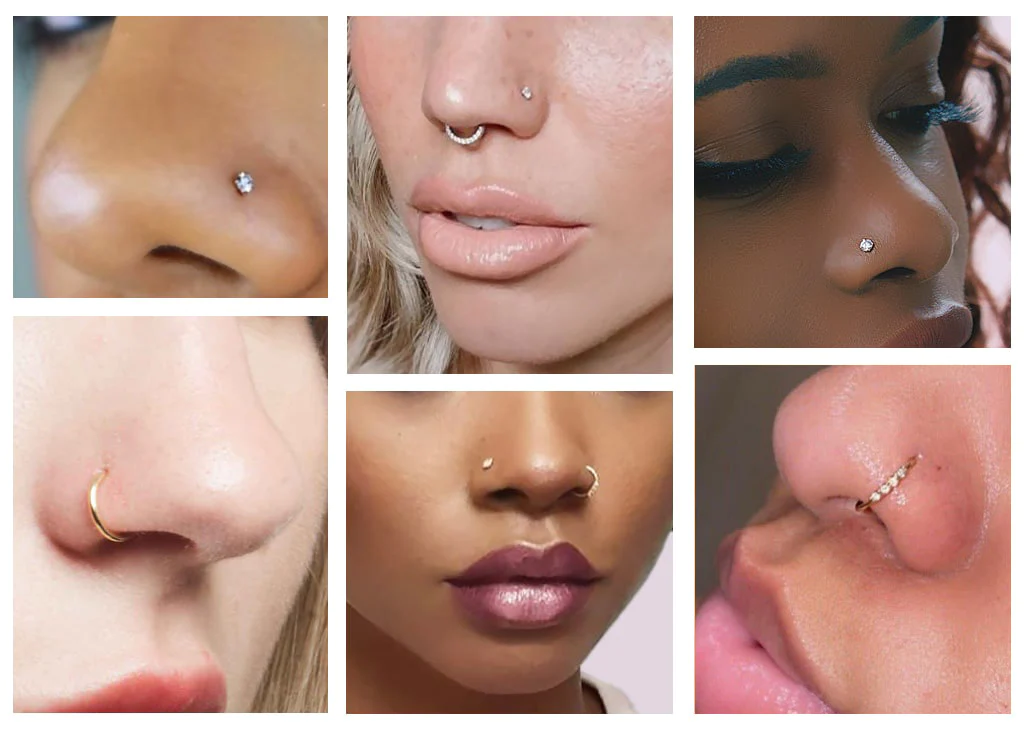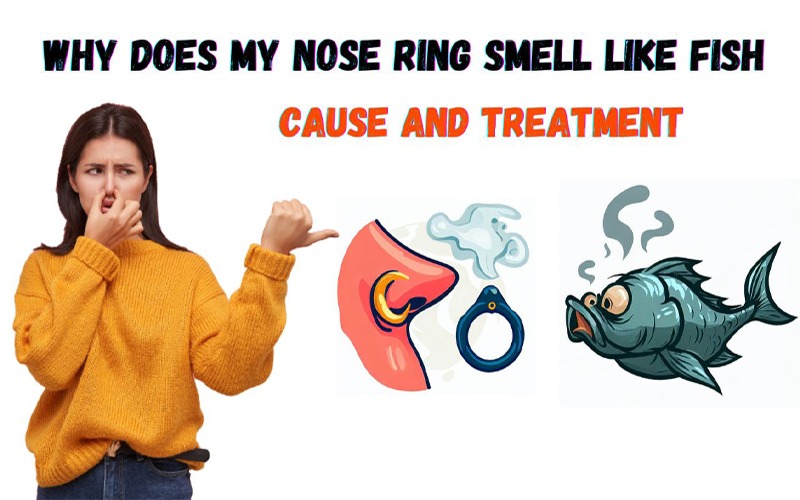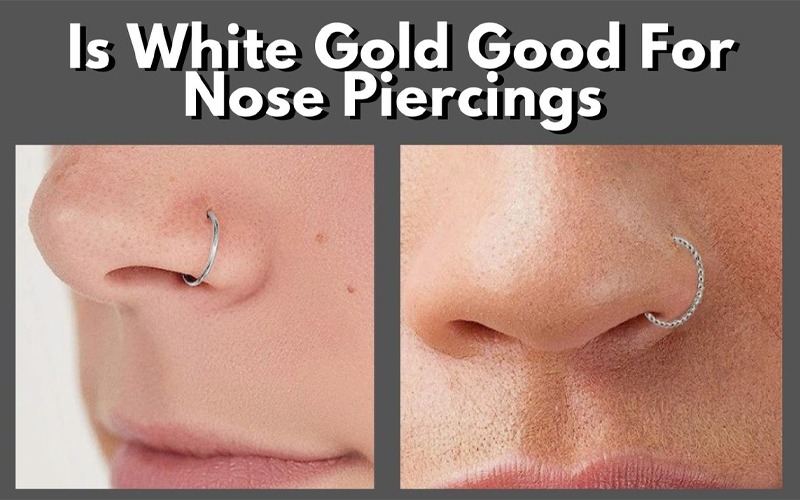The age at which one can legally obtain a nose piercing is subject to a complex interplay of statutory regulation, cultural norms, and individual maturity, making it a topic of considerable debate. Legal stipulations often hinge on a defined age of consent, which can range widely across different jurisdictions, and frequently necessitates parental consent for minors. While some argue that a certain level of emotional and physical maturity is essential before undertaking such a modification, others advocate for a more lenient approach, underscoring the importance of personal autonomy and expression. A thorough discussion of this topic must, therefore, encompass not only the varying legal frameworks that govern body piercing but also the ethical considerations of informed consent and the societal implications of age restrictions. As we scrutinize the various dimensions of this issue, one must ponder whether the current regulations reflect an appropriate balance between protection and personal freedom, and what the implications of altering these parameters might be for individuals and society at large.
Legal Age Requirements
When considering a nose piercing for minors, it is crucial to understand the varying legal age requirements, which can range from 14 to 18 years old depending on the state, and the necessity of parental consent and proper identification. For those seeking the liberty to express themselves through body art, it’s essential to recognize that the journey begins with respecting the boundaries set by law.
Minors must acknowledge that the legal age for getting a nose piercing is not uniform across the board; it’s a patchwork of state-mandated thresholds. In some regions, the minimum age for getting a nose piercing is as low as 14 with consent from a parent or legal guardian, while other states steadfastly hold the line at 16 or even 18. This age consent criterion ensures that young individuals make thoughtful decisions about body modification in a legally compliant manner.
State laws may stipulate that minors seeking to adorn their noses with piercings require parental consent. Such consent often comes with the need for verifiable documentation—be it a state-issued ID, a passport, or a driver’s license—to ensure the authenticity of the minor’s age and the guardian’s relationship to them.
Moreover, in the spirit of both freedom and responsibility, certain states mandate that minors must verbally agree to and legibly sign a release form for nose piercings. These forms may also outline gauge restrictions to safeguard the well-being of youthful skin.
Securing a piercing without parental consent is not an option where law dictates otherwise. Hence, understanding and adhering to these legal frameworks is paramount for minors eager to explore the rite of passage that is a nose piercing, while upholding respect for the rules that govern such personal enhancements.
Parental Consent Guidelines
Understanding the legal age requirements is just the first step; obtaining the necessary parental consent under state guidelines is the next critical phase in the process of getting a nose piercing for minors. In the pursuit of personal expression, it remains paramount for young individuals to navigate the landscape of legal constraints with a clear understanding of the role parental consent plays in actualizing their desire for a nose piercing.
Parental consent guidelines are not uniform across the board and vary considerably by state. Generally, if a minor is not at least 16 years old, they must present written consent from a parent or legal guardian. This written consent is a declaration from the parent or guardian that they permit the minor to undergo the specific piercing procedure.
In some instances, beyond providing a consent form, the presence of a parent or legal guardian during the piercing appointment is mandatory. This ensures that the adult is actively consenting to the procedure and is available to address any concerns that may arise. Additionally, certain types of nose piercings, such as septum piercings, might be subject to more stringent consent requirements, which necessitates further investigation into local laws and piercing studio policies.
To ensure the process respects legal stipulations, a minor must also be able to provide valid identification—such as a driver’s license or passport—when they are seeking to get their nose pierced with parental consent. It’s essential for both minors and their guardians to be fully informed about the legal age restrictions and consent guidelines specific to their state to avoid any legal complications and to facilitate a smooth piercing experience.
Regional Piercing Laws
Navigating the mosaic of state-specific regulations, individuals seeking a nose piercing must acquaint themselves with the varying age restrictions and documentation requirements that govern the practice regionally. The legal landscape of body piercing is not uniform across states, leading to a patchwork of rules that can affect one’s ability to freely express themselves through this form of body modification.
Many states allow minors to receive a nose piercing, but they must have written parental permission to do so. This consent for minors is a safeguard that balances the desire for personal autonomy with the need for responsible adult oversight. The specific age at which a minor can get pierced with such consent varies, often starting at 14, but it can differ from one state to another.
Parents and guardians should be prepared to provide valid identification to verify their relationship to the minor, as well as the minor’s age. This documentation typically includes state-issued ID, passport, or driver’s license. It is crucial for those under the age of majority to understand that regional piercing laws may require more than just their enthusiasm for a new piercing; proper paperwork is a must.
In addition, while some states may grant the freedom for individuals aged 16 and above to get a piercing without the need for written consent from a parent or guardian, it is vital to confirm these laws regarding body piercing, as they can change and are subject to interpretation.
Lastly, the freedom to sport a nose piercing can extend beyond the piercing studio and into schools. However, this is contingent on the school’s policies, which can either embrace this form of self-expression or prohibit it. Therefore, it’s important to familiarize oneself with such policies to avoid potential conflicts.
Aftercare and Healing
Having familiarized oneself with the regional piercing laws and secured a nose piercing, the focus must now shift to the critical aftercare practices that ensure proper healing and prevent infection. The pursuit of self-expression through facial piercing, such as nostril or septum piercing, is a journey that doesn’t end at the piercing studios’ doors. Instead, it transitions to a personal commitment to aftercare and healing.
The healing time for nose piercings can vary, typically spanning from 4 weeks for a simple nostril piercing to several months for a septum piercing. During this period, it’s essential to follow a regime that promotes healing freedom—keeping the pierced area clean and protected from potential irritants. This includes regular saline washes to gently cleanse the area and avoiding unnecessary touching or movement of the jewelry.
Piercing shops are regulated to ensure the initial procedure is safe, but aftercare is firmly in the hands of minors and adults with new piercings. It is crucial to follow the aftercare guidelines provided by professionals at piercing studios to mitigate the risk of complications. The cost of a nose piercing includes not only the procedure but also the investment in aftercare products and practices.
Selecting the right types of piercings that align with one’s lifestyle and commitments is paramount. A piercing demands respect and care, and although it may seem like a small act of freedom, it carries the weight of responsibility. Proper aftercare and healing are not just recommendations; they are the foundations that support the longevity and beauty of nose piercings for minors and adults alike.
Risks and Complications
Despite the popularity of nose piercings, they are not without potential risks and complications, including infection, allergic reactions, and the development of keloids. Those considering getting their nose pierced should be aware of these issues and approach the decision with care and attention to detail.
Infections are a primary concern, as nose piercings breach the skin and can introduce bacteria. Proper aftercare is crucial to prevent such complications. Allergic reactions are another risk, especially if the individual has sensitivities to certain metals. High-quality, hypoallergenic jewelry can minimize this risk. Keloids, though less common, pose a significant concern for those with a predisposition to this type of excessive scarring.
To help minimize risks and complications, consider the following:
- Ensure the piercer uses sterilized equipment and follows strict hygiene protocols.
- Choose jewelry made from materials less likely to cause allergic reactions, such as surgical steel, titanium, or gold.
- Follow all aftercare instructions rigorously to prevent infection and promote healing.
For young enthusiasts desiring the expression of freedom that comes with body modifications like nose and septum piercings, it is important to note that you may need parental or legal guardians’ consent. Those under the age of majority should be accompanied by an adult giving consent to have the procedure performed legally and safely.
Taking care of your new piercing is paramount to avoid the risks and complications associated with nose piercings. Remember, the freedom to modify one’s body comes with the responsibility of ensuring its well-being throughout the process of getting my nose pierced and beyond.





